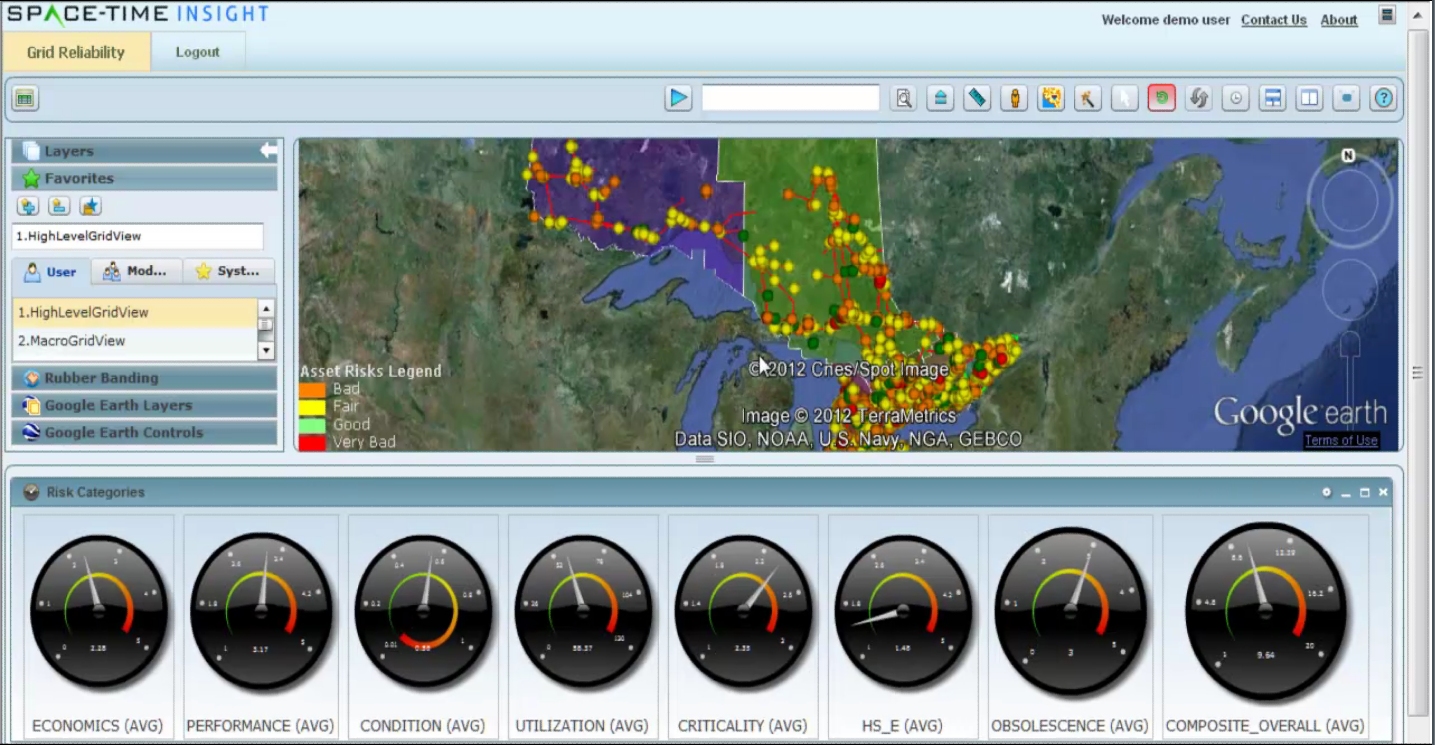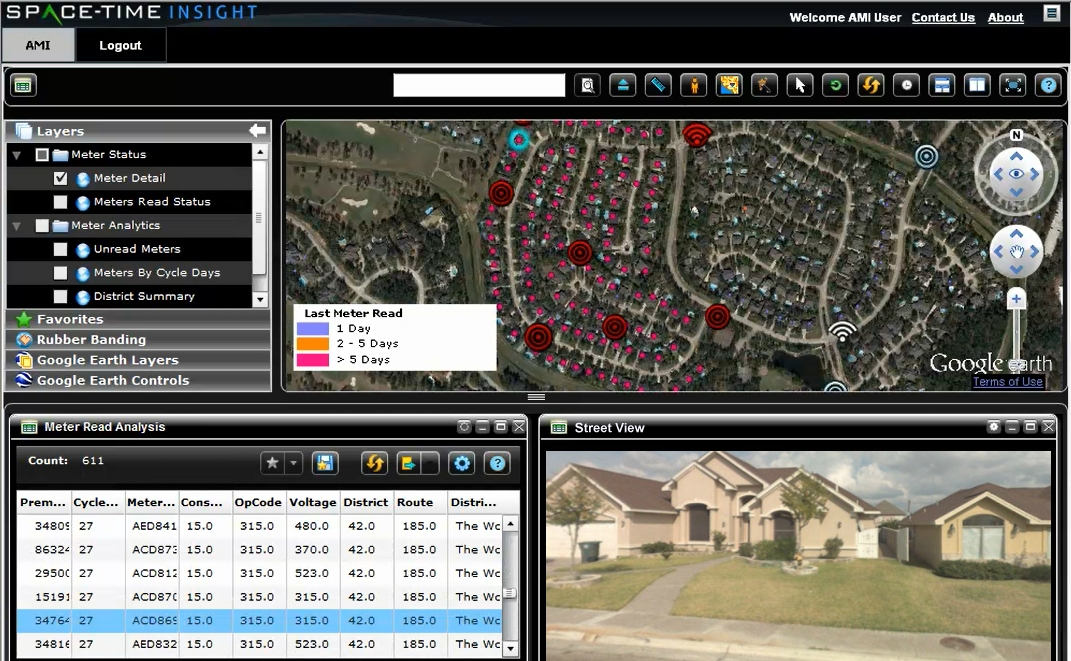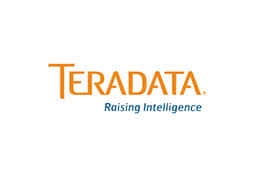Business Intelligence
Space-Time Insight Promotes BI at the Speed of Thought

Space-Time Insight looks beyond big data analytics to get at “the speed of thought,” allowing companies to troubleshoot problems before they even occur through predictive analysis. CEO Rob Schilling joined us for an in-depth discussion on situational intelligence, and how utilities in particular can use their mission-critical data to stay ahead of the curve.
What is Space-Time Insight’s mission?
Our mission is to change the way organizations with critical infrastructure use data to make real-time decisions. What really sets us apart from other companies that are doing something similar—like Splunk, for instance, who does this for IT and data centers—is situational intelligence. We give a 360-degree view of operations to a business.
Here’s an example. When a utility has an outage, Space-Time Insight allows you to know where that outage occurred and what caused it and how it’s impacting you. This is done in real-time, so that you can take action on it. We marry operational intelligence with business intelligence, social intelligence, as well as environmental intelligence; in other words, we can take in weather feeds and satellite reads and location intelligence to provide a comprehensive data view.
How is all this data presented to the user?
We’re not a GIS system, but we do tie into one, whether it’s Esri or Google Earth. We offer drop-down menus and customized views, combining feeds from all your different systems—some of our clients are accessing three million records at any given time—as well as rich analytics and dashboards. Everything we do is about speed. In five years, we want our solution to operate at the speed of thought. Ideally, our solution would allow you to get to an issue before it even occurs.
Do you have an ideal customer or vertical?
We’re very strong in the utility industry. We started the company in 2005, and our founder and founding team all came from a big data background. They were concerned with looking at data smarter and getting to the right answer quicker, and this translated into one of our flagship customers, who was facing a major challenge responding to all the wildfires that kept breaking out. Today, we have over 15 major utilities using our software in a mission-critical environment. We are heavily involved in meter intelligence, renewable intelligence, grid intelligence—the operational aspect of the grid—and asset intelligence, which is looking at your assets on the grid and trying to figure out where the highest propensity for failure lies and replacing that asset before it actually causes damage. So besides utilities, any capital-intensive industry is right for us: transportation, oil and gas, mining, etc.
In my experience, selling into utilities can be a very slow-moving process. What do your sales cycles look like?
It really depends where the utilities are in their funding and whether the software selection is going out to RFP. We have a team of experts working with the utilities and solving their problems. One thing we do differently from traditional BI is the speed of development. We can get a customer live and operational with our software in a very short period of time. Plus, once we get in, opportunities mushroom out from there, so we have a lot of repeat business within our major customers.
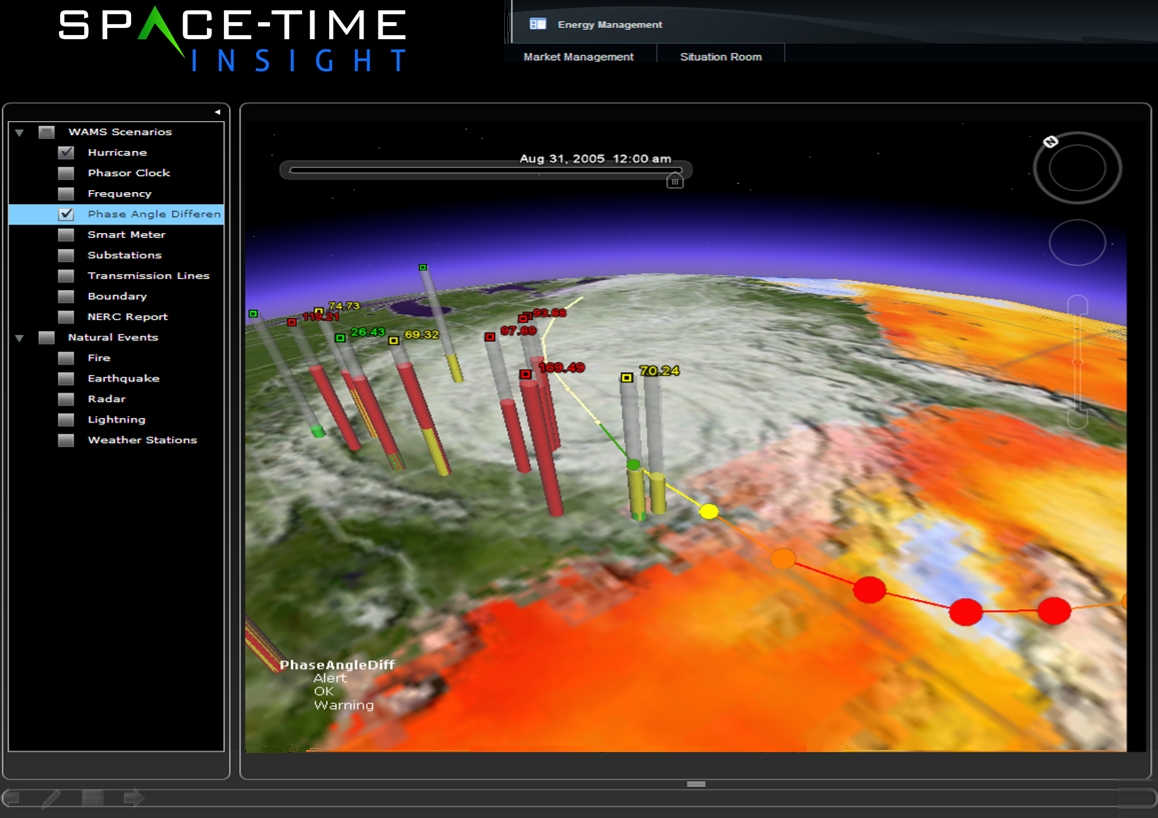
Earlier you said you were founded in 2005. Would you elaborate on what inspired you back then?
Our founder, Krishna Kumar, came from the BI world and was doing projects for big pharmaceuticals. This was back when business warehouses were the preferred way of processing your data. Krishna, however, was looking at data in a spatial, temporal, and nodal perspective, which allows you to eliminate certain elements and get to the right answer quicker. We take data out of IT and make it relevant for the business users. We partner with companies like SAP HANA and EMC Greenplum to make that happen, but we’re agnostic to that layer in the technology stack.
Why do you think big data specifically became hot all of a sudden?
I think there are a couple of reasons that apply not only to the utility industry but to any asset-intensive industry. One is the aging infrastructure that a lot of companies are dealing with. Utilities in particular are on very old grids and it’s a daunting task to replace those assets all at once. Also, look at the influx of new instrumentation and sensors throughout every network and every industry. Technology is multiplying at top speed every year, and customer expectations are changing as well. Customers are on mobile devices now. They are getting to data faster and quicker, but they’re also asking more questions. They are challenging their suppliers or customers or vendors at a higher rate, which adds to the big data problem. Big data is important because the world is so connected.
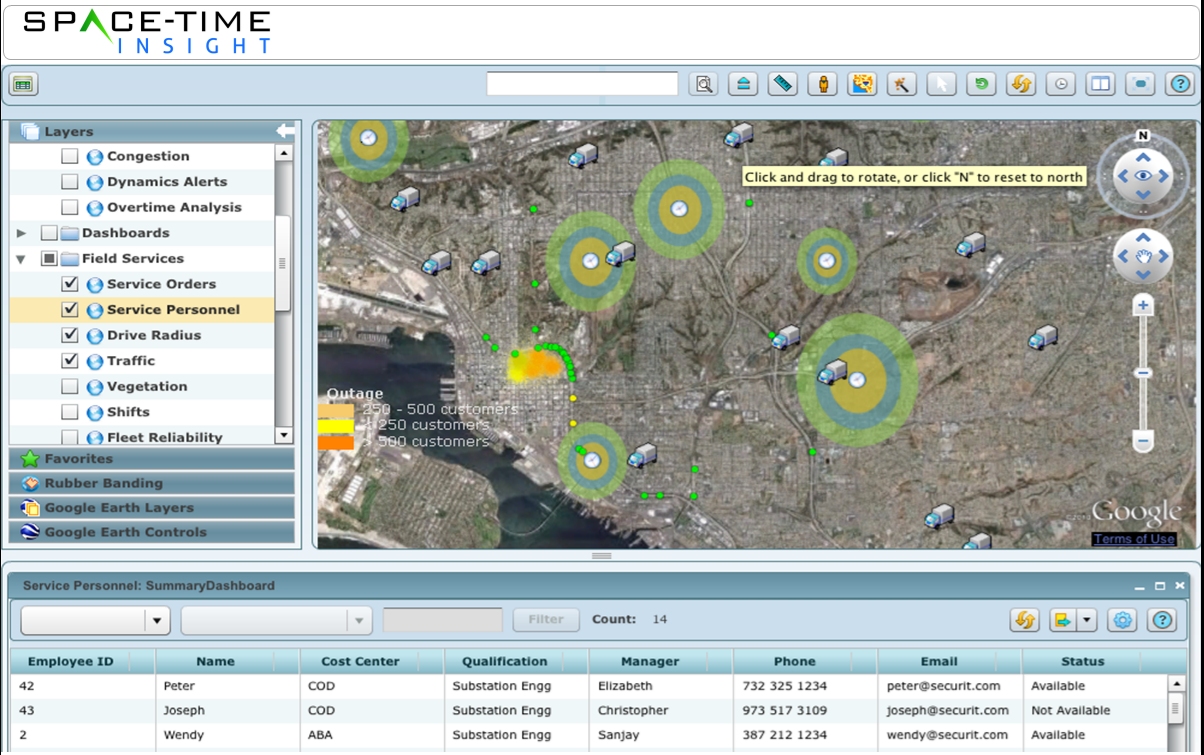
How is your company set up?
We are headquartered in Fremont, California. A lot of our engineering is in India. And then we have pockets of sales people across the US. Our customers are primarily in North America, but we do have customers in Canada, Asia, and Africa. We’ll be expanding into Europe as well as other parts of Asia.
You touched upon this briefly when you mentioned the speed of thought, but where do you think your segment is headed?
We need to move up the maturity curve in both analytics and visualization to get to fully optimized environments that allow you to get to a problem before it occurs. As more of the core systems out there are integrated and tied together with outside infrastructure, we’ll be in a very good position to get there.
In certain industries, it’s daunting to think that a machine will make decisions for you. It will be interesting to see if we can get to a world where the human element is not involved in the decision making process at all. For industries dealing with people’s livelihood and health and safety, that world is a long way off. But think about the self-driving cars Google is developing. Let’s say the highway was 100% self-efficient, but you wanted visibility from a control room perspective—that’s where our solution would come in. We can pull all those data points together and visually present them so that you know on the front-end where there’s a propensity for failure for those cars out on the highway.
What makes you excited about Space-Time Insight?
I am extremely excited about the opportunity that’s in front of us, especially for the energy and utility industries, where they have geographically distributed assets and an aging infrastructure with really no way to predict or monitor failures. They have vast quantities of silo data that are challenging to accurately understand and take advantage of, and then there’s the external variable of the weather, which we pull into the data view. Utilities are trying to solve mission-critical challenges that don’t just affect them, but entire cities or provinces. We can look at the propensity for where a storm is going to hit and what the impact of it will be through the entire ecosystem and supply chain. We will never be able to control nature, but the more we understand it and look for trends, the smarter we get about how to minimize impact.
Who do you find to be the most interesting people or companies in your market segment and why?
No matter what industry you are in, Google is extremely interesting. Splunk is another very interesting company. But really, there are so many of these companies out there that have a couple of algorithms and are really looking at what to do with them, and that’s what makes me excited about this space in general.
Find more info on Space-Time Insight and other business intelligence software in our free Top 10 Business Intelligence Software comparison report. Also be sure to check out all of our exclusive software vendor interviews by visiting the Business-Software Q&A page of our blog.



